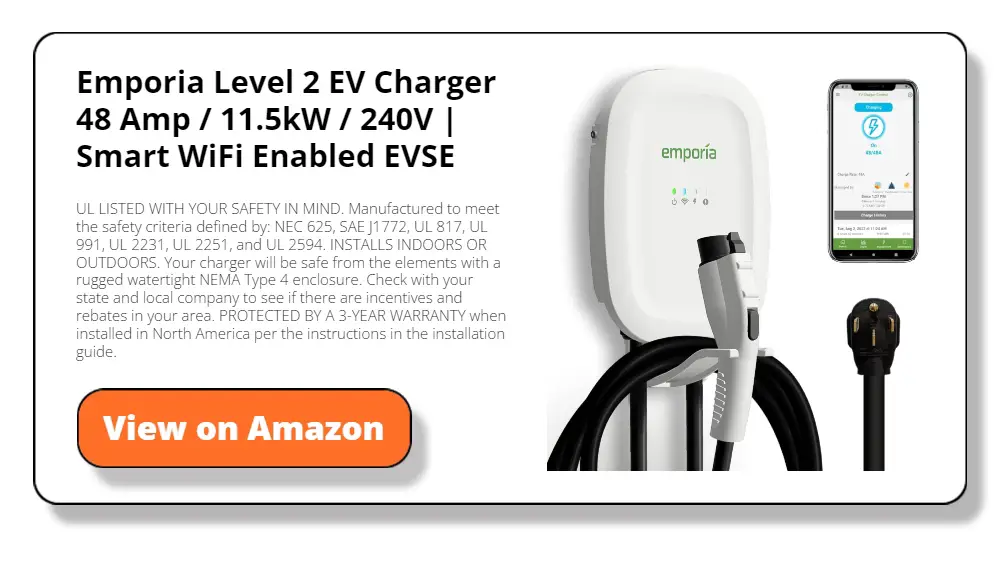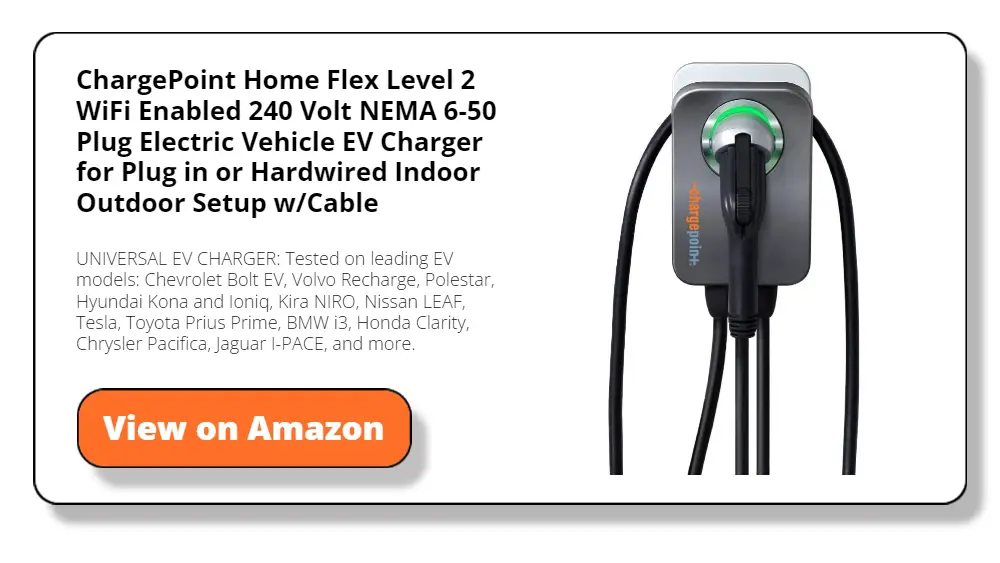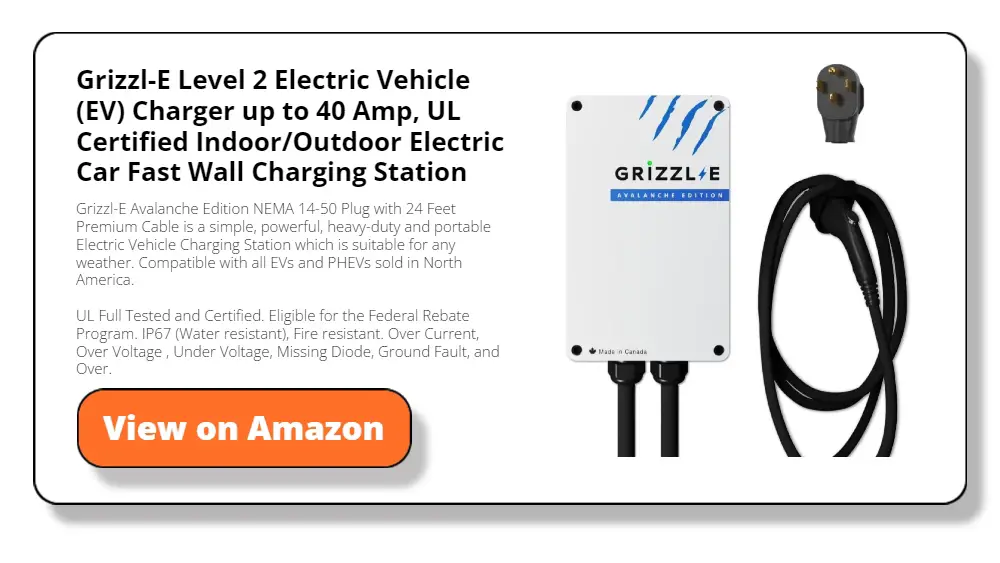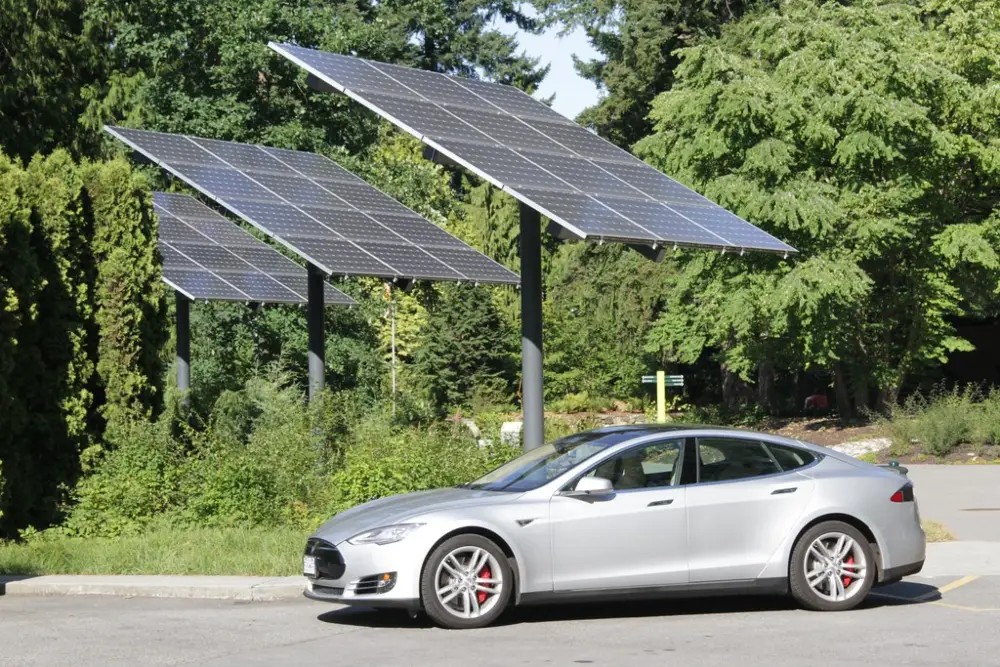Solar-powered cars have been on our minds for a while, yet we don’t see many on the road. As we all aim to use cleaner energy, you might ask, “Where are all the solar cars?” This article dives into that question. We’ll talk about why solar cars are hard to make and what’s coming up for them in the future.
Contents
- 1 What Are Solar-Powered Cars
- 2 Challenges of Solar-Powered Cars in 2024
- 3 Are Solar-Powered Cars Coming?
- 4 FAQ on Solar-Powred Cars
- 4.1 Are fully solar-powered cars feasible?
- 4.2 What challenges do solar cars face in terms of efficiency?
- 4.3 How do urban environments affect solar charging?
- 4.4 Will solar technology become a standard feature in cars?
- 4.5 Which companies are leading the way in solar tech for cars?
- 4.6 Are solar-assisted electric vehicles still coming?
- 5 Conclusion
What Are Solar-Powered Cars
Solar-powered cars have captured imaginations for decades. These are vehicles driven by motors powered by electricity converted from sunlight. While the concept sounds straightforward, the actual science and engineering behind these cars are quite complex.
We closely examine how solar car works and the kinds available below.
Solar Panels and Electric Motors
The key part of most solar-powered cars is the solar panel, where the vehicle draws its energy. These panels capture sunlight and turn it into electricity. The electricity then powers an electric motor, which drives the wheels. The panels differentiate solar-powered vehicles from EVs. Some hybrid models have EV batteries to store excess energy for nighttime driving or cloudy days.
Types of Solar-Powered Cars
Solar cars are built differently. Below is a detailed description of the different solar vehicles.
- Solar-Only Cars: These vehicles rely exclusively on solar power. They’re efficient but limited in range and speed.
- Solar-Assisted Cars: These cars use solar panels but have a backup, like a gas engine or an additional electric battery. They offer greater range and speed.
- Solar-Charged Cars: These cars are EVs that exclusively draw their power from solar-powered charging stations. While not directly powered by the sun, they’re still a step towards sustainability.
Efficiency and Performance
One key question about solar-powered cars is their efficiency. Modern solar panels can convert around 20% of their solar energy into electricity. While this may not seem high, it’s often enough for short trips or daily commutes. However, covering longer distances can be a challenge. It’s also worth noting that solar panels work best in sunny conditions, making these cars less effective in cloudy or rainy weather.
Unique Features
What sets solar-powered cars apart from traditional vehicles is their unique features. They often have a streamlined, lightweight design to reduce drag and improve efficiency. Their solar panels are highly advanced, sometimes even using technology derived from space research. Some models also include smart systems that angle the solar panels towards the sun for maximum energy capture.
Solar-powered cars represent an exciting frontier in sustainable transportation. They operate on clean, renewable energy, offering a glimpse into a future less dependent on fossil fuels. While there are hurdles to overcome, the technology keeps advancing, bringing us closer to a solar-powered reality.

State of Solar-Powered Cars in 2024
How far are we in seeing solar-powered cars fill highways and McDonald’s drive-thrus? Below are the current state of auto manufacturers building their passenger solar cars.
Sono Motors
In July 2022, Sono Motors made headlines with its “Celebrate the Sun” event in Munich, Germany. The company, known for its innovative approach to solar-powered mobility, introduced the Sion, claiming it to be the world’s first affordable solar electric vehicle (SEV).
The event’s highlight was the Sion’s debut in its production design. Sono Motors aims to bring clean, affordable, and accessible solar transportation to the masses. The Sion represents a significant step in this direction. It’s designed to be a solar-electric passenger vehicle that is not only sustainable but also affordable for the average consumer.
But Sono Motors is not stopping at cars. They also unveiled their ‘Solar Bus Kit,’ a business retrofit solution. This kit can be added to existing vehicles to reduce fuel consumption and greenhouse gas emissions. It’s a B2B product that widens the scope of Sono Motors’ impact, contributing to climate protection in a broader sense.
Laurin Hahn, co-founder and CEO of Sono Motors, emphasized the company’s commitment to reducing carbon emissions. The launch of the Sion and the Solar Bus Kit aligns with their vision for a more sustainable world. By diversifying into B2B solar solutions, Sono Motors is expanding its reach and impact, aiming for key targets in both individual and mass transportation sectors.
Hyundai
Hyundai Motor has turned heads in the automotive industry with its innovative solar roof charging system. This groundbreaking feature debuts on the New Sonata Hybrid, offering a new level of eco-friendliness.
Hyundai’s New Sonata Hybrid is the company’s first car with a solar roof charging system. This addition is more than a gimmick; it provides real benefits. The solar roof not only supplies additional electrical power but also improves fuel efficiency. Plus, it reduces CO2 emissions, making it a win-win for both the driver and the environment.
The solar roof system consists of silicon panels mounted on the car’s roof. These panels can charge the car’s battery even while driving. The technology allows for 30 to 60 percent of the battery to be charged via solar energy in a day. With just 6 hours of daily charging, the solar roof system can add an extra 1,300 km to the car’s annual travel distance.
Hyundai isn’t stopping at hybrids. Senior Vice President Heui Won Yang revealed that Hyundai plans to extend this solar technology to other vehicles. The aim is to apply the technology beyond eco-friendly cars, even reaching vehicles with internal combustion engines. This strategy aligns with Hyundai’s vision of becoming a clean mobility provider.
Lightyear
Lightyear is aiming high with its upcoming solar-powered vehicle, the Lightyear 2. The company promises to redefine electric driving by making it easy, cost-effective, and sustainable.
One of the standout features of the Lightyear 2 is its impressive range. The car offers 800 km of range between charges. This is a significant leap over conventional electric vehicles. The best part? Lightyear 2 requires three times less charging than a standard electric vehicle. This means fewer stops at charging stations and more freedom on the road.
Sustainability is not just a buzzword for Lightyear; it’s a mission. The Lightyear 2 is designed to have the smallest energy footprint on the market. Its lifetime emissions are half those of regular electric vehicles. This makes it a sustainable choice for those who want to explore the world without harming it.
While solar-powered vehicles often have a hefty price tag, Lightyear aims to break this trend. The target starting price for the Lightyear 2 is €40,000. This puts solar electric driving within reach for a broader audience without sacrificing features or performance.
Toyota
Known for popularizing the hybrid car, Toyota took its time to enter the electric vehicle market. Now, the company has finally stepped in with its first fully electric production car, the bZ4X, equipped with a solar roof.
Toyota’s bZ4X is not just the company’s first electric car; it’s a car that aims to be different. It features a solar roof, water-battery cooling technology, and a 252-mile range. The car costs $42,000 for its front-wheel-drive “XLE” version, making it competitive in today’s electric vehicle market.
Batteries are the backbone of electric vehicles, and their longevity is crucial. Heat is the enemy of batteries, so Toyota has introduced a water-cooling system for the bZ4X’s 71.4 kWh battery. Toyota claims this system will reduce battery degradation to as little as 10% over ten years or 150,000 miles of driving.
Toyota offers the bZ4X in both front and all-wheel-drive variants. The front-wheel-drive models feature a 150kW motor, providing 201 horsepower and a top speed of 100 mph. The all-wheel-drive models come with dual 80kW motors, boosting the power to 214.5 bhp and reducing the 0-60 time to 7.7 seconds.
The solar panels built into the roof can provide additional power to the battery, depending on your location and sunlight conditions. When it comes to charging, the car offers various options, including Level 2 AC charging and DC rapid charging. The front-wheel-drive models support up to 150kW rapid charging, restoring 80% of the battery power in 30 minutes.

Challenges of Solar-Powered Cars in 2024
Solar-powered cars are the dream for everyone since it means less money spent on fuel and less carbon made. However, there are still several reasons why this type of car is still not practical. Here, we explore some key obstacles facing solar-powered cars and how companies and researchers work to overcome them.
Efficiency Isn’t There Yet
The efficiency of solar panels is a big issue. Right now, the technology can’t power a car effectively. Most solar cars are light and low to the ground to conserve energy. This makes them unsafe for mainstream use. So, the first hurdle is to make solar panels that are efficient enough to power a car safely.
Many companies and government agencies are working to boost solar panel efficiency. Recent breakthroughs in multi-junction cells are promising. These cells contain layers that harvest more light, increasing energy output.
The Battery Problem
Energy storage is another stumbling block. The ideal setup would have batteries storing solar energy when the car is unused. But this idea has its problems. The first issue is the size of the battery. A big battery would make the car too heavy to move, defeating the purpose.
Companies are exploring ways to make batteries smaller and lighter. Tesla, for instance, has created a solar-powered battery for home use. As technology advances, we can expect these innovations to enter the auto industry.
Sunlight Not Guaranteed
Then there’s the issue of sunlight or, more precisely, the lack of it. Solar-powered cars need sunlight to work. So what happens in places that don’t get much sun? The industry is aware of this drawback and is looking for solutions.
One exciting development comes from China, where scientists have created solar panels that harness the motion of raindrops. This technology could make solar cars viable even in places with less than sunny weather.
Price and Adoption
Cost is another concern. Solar tech is expensive. Bringing down the price is critical for widespread adoption. More affordable options must be developed for solar cars to become a practical choice for the average person. Government incentives and subsidies could play a role in making these cars more affordable.
Infrastructure and Charging
Infrastructure is another challenge. For solar cars to become mainstream, we’ll need charging stations and other facilities. Traditional gas stations won’t do. New infrastructure will have to be developed, requiring investment and planning. It’s not just about creating the cars but also about ensuring they can be used conveniently.
Hope on the Horizon
Despite these challenges, there’s a sense of optimism. Both companies and governments are keen on solving these issues. Advances in technology are showing promise in making solar-powered cars a reality. While we’re not there yet, the road ahead looks promising.
Are Solar-Powered Cars Coming?
Solar-powered cars have been the subject of both excitement and skepticism. While the idea seems promising, there are many challenges. But could these cars become a reality shortly? Experts think so, albeit with some caveats. Here’s a closer look at the feasibility of solar-powered cars despite the hurdles.
Solar-Assist Technology
The dream of fully solar-powered cars may not be practical, but a more achievable goal is on the horizon. Experts like Miguel Brito, a professor in Portugal, believe solar-assist technology could be the sweet spot. These are electric vehicles (EVs) that use solar panels to boost their energy storage. This technology could relieve stress on the electric grid as more people switch from gas to electric cars. For instance, a car that usually needs a charge every week might only need it every other week with solar assist.
Efficiency and Design Matters
Peter Pudney, an expert in Australia, points out that efficiency is key. The same photovoltaic (PV) cells used in solar panels for homes are used in solar cars. But space is limited on a car’s roof, so the most efficient cells are chosen. Pudney suggests focusing on reducing the energy needed to move people, not just increasing solar energy output. He notes that solar racing cars weigh around 150 kg, much less than regular cars, and other options like electric bikes are even lighter.
Real-World Testing
While solar-assisted EVs are exciting, real-world factors must be considered. Brito and his team have studied how shadows from tall buildings and trees affect solar charging in urban settings. They used models of 100 urban environments to simulate daily shadowing and found that it reduced the solar-powered driving range by about 25%. Despite this, Brito remains optimistic about the potential for solar-assisted EVs in urban environments.
Market Viability
According to experts, solar technology will initially be an expensive add-on. But in the next four to five years, it’s expected to become a standard feature in electric vehicles. By 2030, all cars will include some form of solar technology. Companies like Sono Motors are shifting their business models to provide solar tech to traditional car manufacturers.
While fully solar-powered cars may not hit the mainstream soon, solar-assisted electric vehicles have a bright future. Innovations are underway to make these cars more efficient and practical for daily use.
Challenges like weight, efficiency, and urban environments are being tackled. With ongoing research and growing interest, solar-assisted EVs will likely become more common in the coming years, offering a more sustainable and convenient option for drivers.

FAQ on Solar-Powred Cars
Are fully solar-powered cars feasible?
According to experts, fully solar-powered cars are not practical at the moment. However, solar-assist technology could be a more achievable goal shortly.
What challenges do solar cars face in terms of efficiency?
Space is limited on a car’s roof for solar panels. So, high-efficiency photovoltaic (PV) cells are used. The focus is shifting to reducing the energy required to move people, not just increasing solar energy output.
How do urban environments affect solar charging?
Shadows from tall buildings and trees in urban areas can reduce solar-powered driving range by about 25%. However, experts remain optimistic about the potential for solar-assisted EVs in these settings.
Will solar technology become a standard feature in cars?
Experts expect that solar technology will initially be an expensive add-on. Much like smartphones, the standardization of EV technology can help lower the costs of solar-powered cars. By 2030, all cars are expected to include some form of solar technology.
Which companies are leading the way in solar tech for cars?
Companies like Sono Motors are pivoting their business models to provide solar technology to traditional car manufacturers.
Are solar-assisted electric vehicles still coming?
Despite challenges, the future looks bright for solar-assisted EVs. Much research is still needed and is currently being provided to make solar-powered cars feasible in the future.
Conclusion
Solar-powered cars have long been a subject of fascination and debate. While fully solar-powered vehicles may not be hitting the roads soon, solar-assist technology offers a promising middle ground. Fortunately, the latest battery technology and advancements in solar panels are making solar-powered passenger cars feasible in the future.
Companies are beginning to pivot their models to integrate solar tech, and experts predict that solar features will become standard in EVs within the next few years. Although challenges remain, the wheels are in motion for solar-assisted EVs to become a significant part of our transportation landscape.






